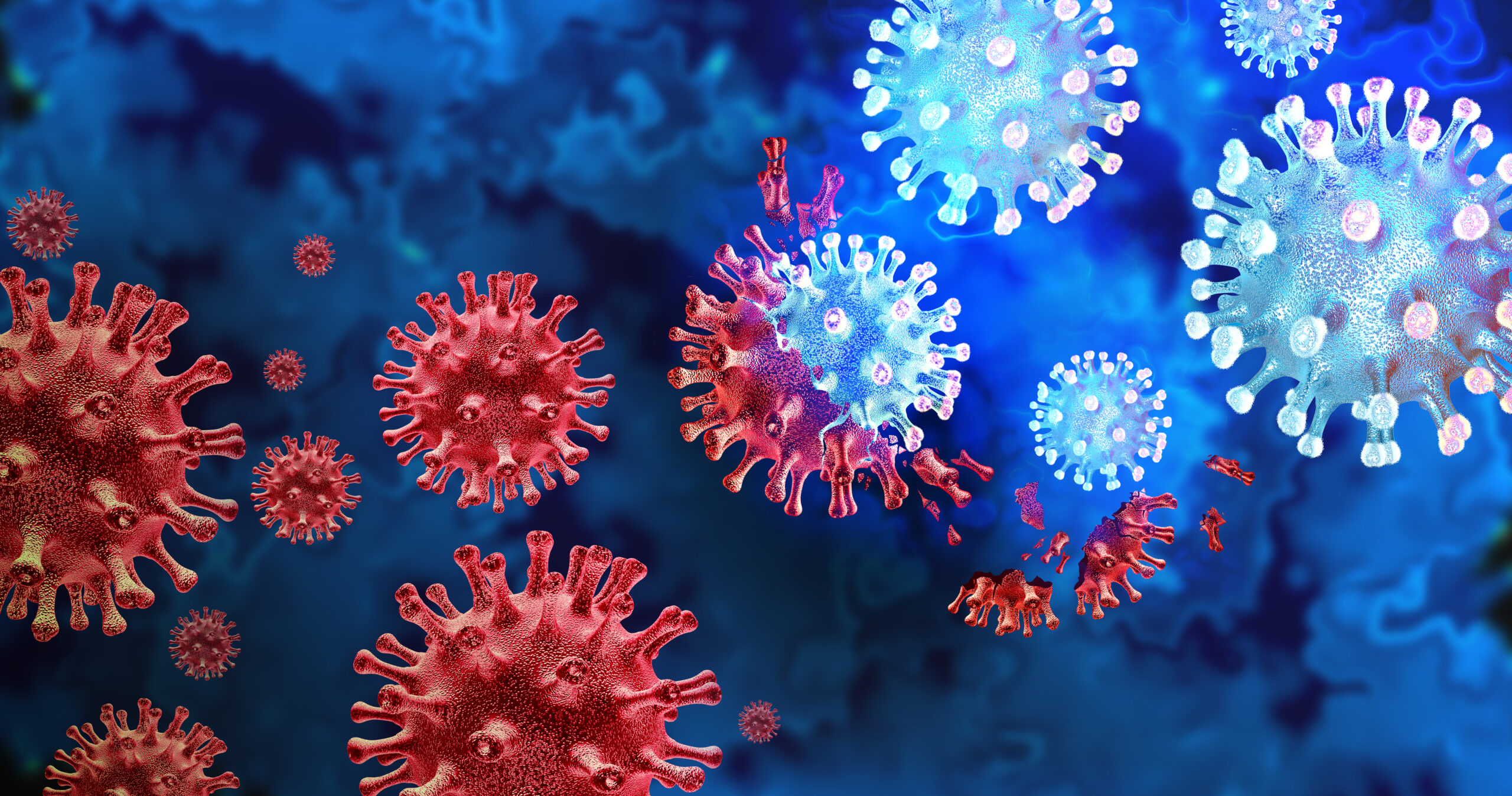Welcome to the first installment of our illuminating 5-part series on Gain of Function Research (GOFR). Throughout this series, we will demystify the intriguing world of GOFR, covering its definitions, origin, applications and potential risks and benefits. Additionally, we will review existing U.S. oversight frameworks that mitigate risks associated with GOFR and review the most recent National Science Advisory Board for Biosecurity (NSABB) recommendations on GOFR in light of the COVID-19 pandemic.
Today, we lay the foundation by exploring the essence of GOF along with its historical context and relevance in contemporary scientific research. So, let’s embark on this informative journey together!
Decoding Gain of Function
At the core of biology lies an extraordinary phenomenon – the ability of living organisms to evolve and acquire new attributes or functionalities. This can occur naturally through the process of evolution or through deliberate scientific intervention. Scientists have harnessed this capacity by inducing changes in organisms to modify their traits, leading to a wide range of outcomes. Examples include cultivating plants resistant to salt and drought, breeding mosquitoes immune to dengue fever or modifying E. coli bacteria to convert plastic waste into useful raw materials.
However, a specific subset of life sciences research, “dual-use research of concern” (DURC), holds the potential to create knowledge, information, products or technologies that could possibly be misused. Such misuse could pose a significant risk to public health and safety, the environment, agricultural crops and other plant or animal species. It may even threaten national security. GOFR involving potential pandemic pathogens (PPPs) falls under the category of DURC. PPPs are defined as bacteria, viruses and other microorganisms that are highly likely to be both easily transmissible and exceedingly virulent among humans. SARS-CoV-2, the causative agent of the recent COVID-19 pandemic, serves as a prime example of a PPP implicated in a global health crisis.
Methods in Gain of Function Research
Scientists use different methods to alter organisms based on their inherent nature and the desired outcomes of their research. These techniques range from exposing organisms to specific environments that stimulate the expression of certain genes, resulting in the emergence of new functions, to advanced gene-editing technologies such as Clustered Regularly Interspaced Short Palindromic Repeats (CRISPR). With CRISPR, scientists can precisely modify an organism’s DNA by adding or deleting specific genes, enhancing our understanding of the roles those genes play in an organism’s characteristics.
The Origins of Gain of Function Research
The term “GOFR” gained prominence in late 2011 following two controversial studies involving the H5N1 avian influenza virus. These studies investigated whether the H5N1 virus, which had a high mortality rate but limited human transmission, could potentially become more transmissible among humans. Scientists genetically modified viral particles to infect ferrets. The findings were startling: the mutated virus demonstrated airborne transmission and increased communicability to mammals. On a brighter note, the findings also revealed that certain antiviral treatments proved effective against it.
However, the publication of these findings faced initial resistance. NSABB expressed concerns about potential misuse of the research for the development of biological weapons. Consequently, international influenza researchers declared a temporary research pause in 2012, which lasted over eight months and triggered global ethical debates. Eventually, the unabridged studies, along with the complete sequence data, were published in prestigious scientific journals, such as Science and Nature.
GOFR’s Contribution to the COVID-19 Pandemic
Even before the onset of the COVID-19 pandemic in 2019, GOFR on Coronaviruses (CoVs) and analysis of their spike proteins provided scientists with insight into the evolutionary patterns and pace of CoVs. By incorporating mutations identified through public health genomic surveillance during the pandemic, scientists were able to develop accurate viral models, leading to swift development of potent vaccines against COVID-19.
In our next blog post, we will delve into the potential benefits and risks of GOFR. Stay tuned!

